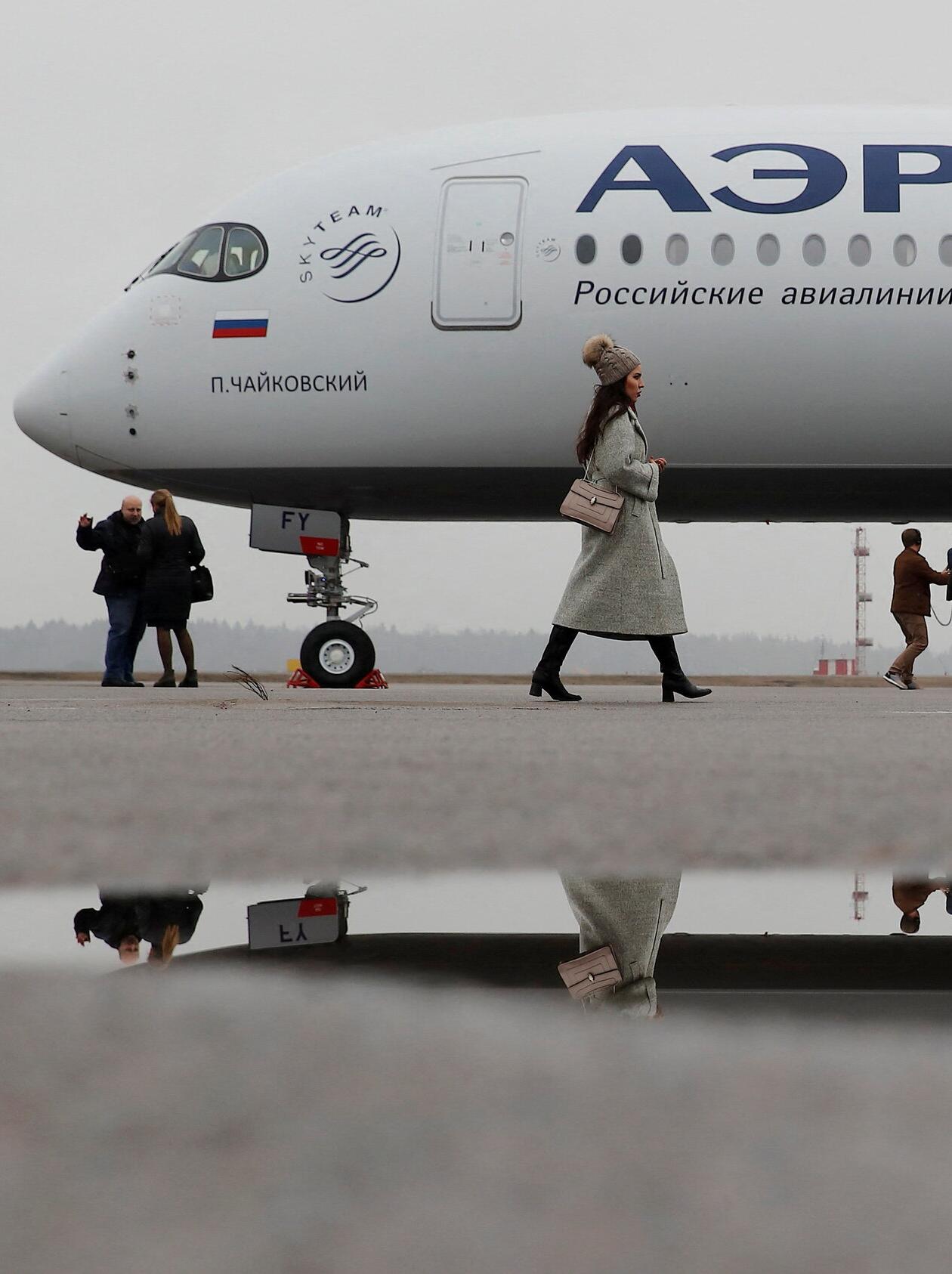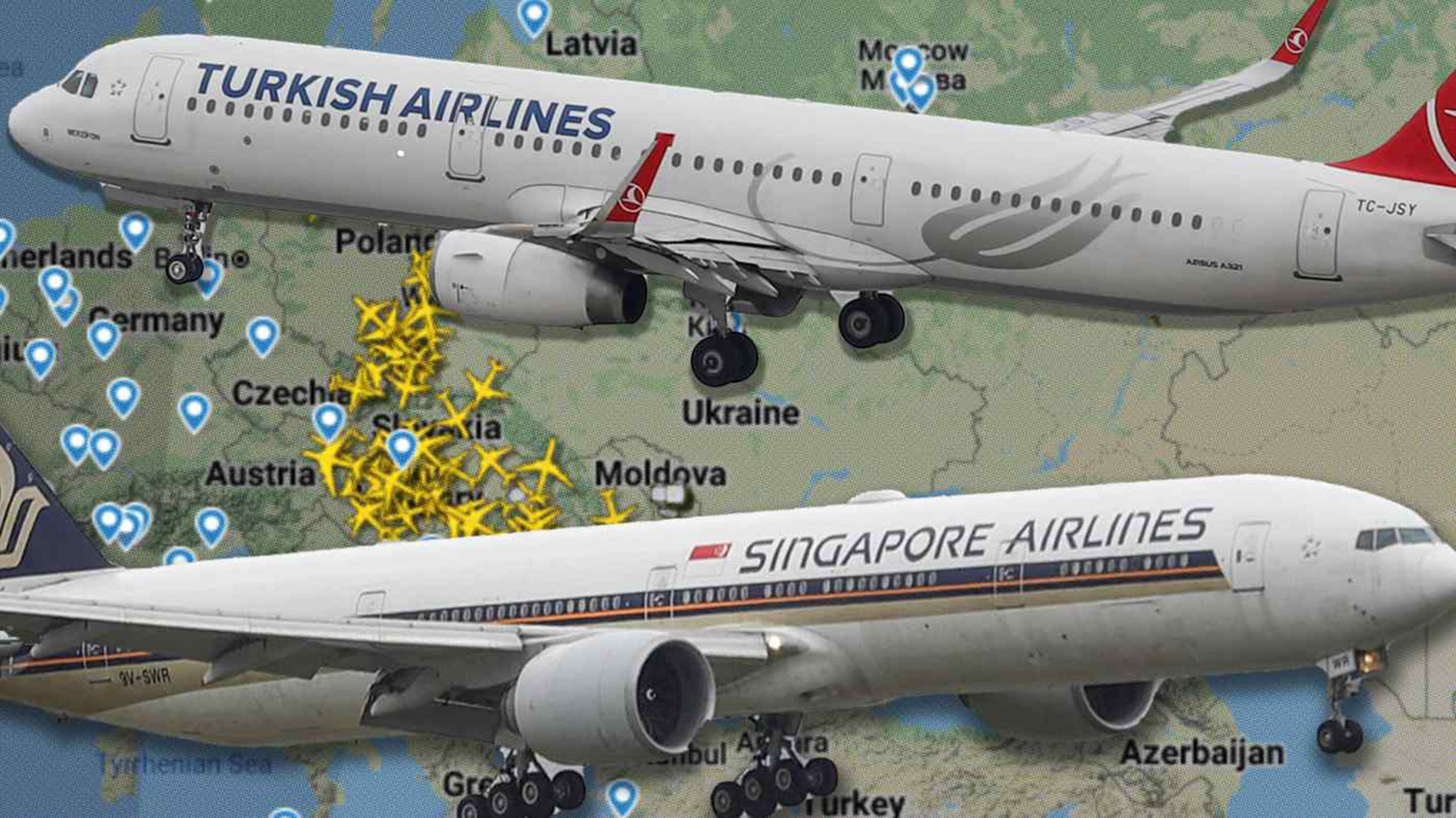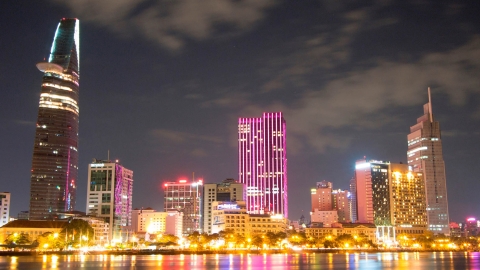NO-FLY ZONES CAUSE DISRUPTION OF AIR TRAFFIC
The Russia-Ukraine war that broke out on February 24 immediately caused Ukraine to declare the closure of its airspace, creatingNo-fly zone(no-fly zone) with commercial flights, causing "congestion" at a fairly busy transit point.No-fly zones(the no-fly zone) then rapidly expanded to Moldova in southwestern Ukraine, Belarus in northern Ukraine, and areas in eastern Russia.
The UK announced a ban on all Russian aircraft using British airspace from 25 February, prompting Russia to respond with a similar ban on British aircraft.

Travelers wait to check in at Sheremetyevo International Airport in Moscow, Russia on February 28. (Photo: Reuters)
TheNo-fly zonesThe (no-fly zone) continued to expand, after the European Union (EU) announced the closure of the airspace of all 27 member states on February 27. The subjects of this ban are all Russian airlines, Russian-owned and Russian-operated aircraft. Canada then followed the EU's lead, announcing the closure of its airspace to Russian aircraft from February 27.
In response, on February 28, Russia also announced the closure of its airspace to 36 countries, including Canada and many European countries. At the same time, due to the inability to enter Canadian airspace, Aeroflot (Russia) also announced the suspension of flights to four destinations in the US including New York, Washington, Los Angeles and Miami; as well as to Cancun, Mexico and Punta Cana in the Dominican Republic.

Unable to enter Canadian airspace, Aeroflot announced on February 28 that it would stop flights to four destinations in the US: New York, Washington, Los Angeles and Miami. (Photo: AP)
From the US side, according to USA Today on March 1, in a speech at the White House, President Joe Biden announced: The US will close its airspace to all Russian flights.
Many flights to Asia have to take longer detours
Airspace closures, creating more and moreNo-fly zones(no-fly zone), immediately affecting the aviation industry, which is already struggling to overcome the consequences caused by Covid-19, and is now facing the pressure of "dizzying" increases in fuel prices.
To avoid risks, airlines are still forced to reroute some flights in circles to avoid theNo-fly zones(no-fly zones). That makes routes longer, increases flight times and fuel costs. Conversely, there will be fewerAlternate airport(alternative airport if landing at the original intended point is not possible), so there will be fewer flights.
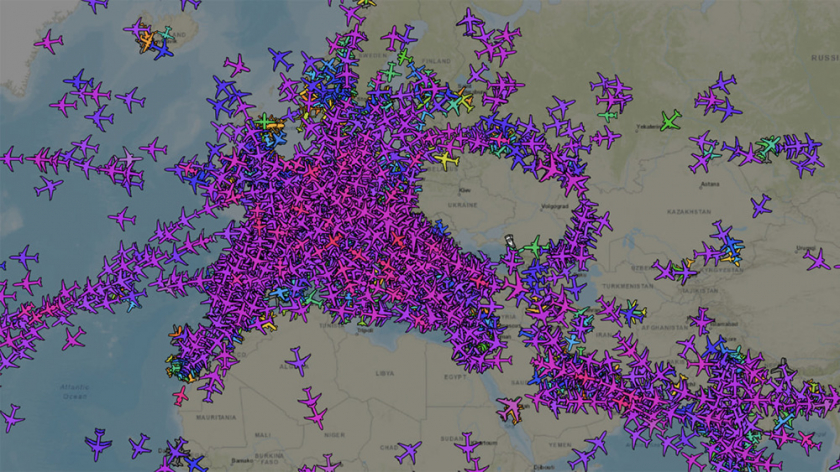
The Russia-Ukraine war, according to experts, could “redraw the world aviation map”. (Photo: CNN)
In the immediate future, Russian air traffic is facing areasNo-fly zones(no-fly zone) very large in Europe, forcing westward flights to take much longer detours.
From February 27 to noon on February 28, according to data on the US flight tracking website FlightAware, the number of flights to and from Russia's largest international airport Sheremetyevo (in Moscow) that were canceled accounted for 1/5 of the total number of flights. Among the Russian flights that had to turn around to avoidNo-fly zonesAn Aeroflot flight flying close to Canadian airspace had to return to Russia.
The impact on other countries is already evident. For example, flights from London to Asia have to take a much longer detour south to avoid Russian airspace. Polar Air flights from the US to Asia cannot use Russian airspace to get to their destinations.Alternate airport(alternative airport)…
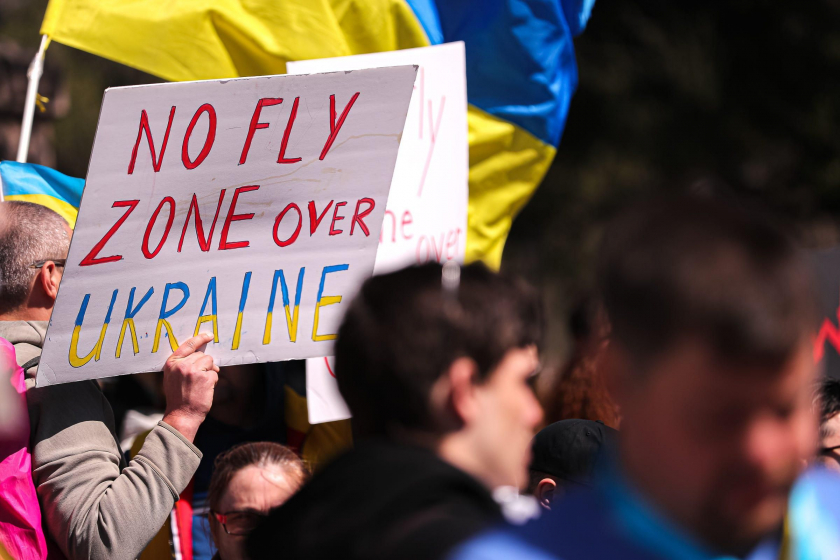
A protester in the US holds a sign asking NATO to create a "No Fly zone" over Ukraine (Photo: USA TODAY NETWORK)
According to many experts, the Russia-Ukraine war continues to affect global tourism activities, due to the increasing disruption of air services. This is a major disadvantage for the tourism industry as the number of passengers, mostly tourists, is forecast to increase during the peak summer tourism season of 2022, thanks to many countries around the world reopening to international tourism.





